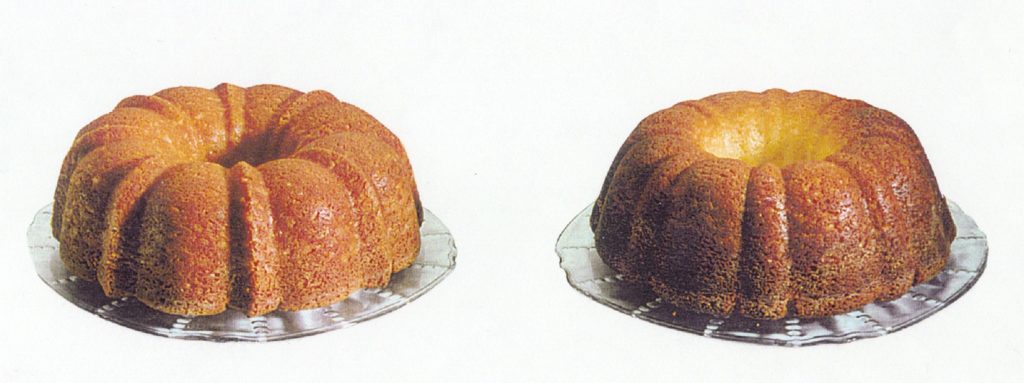Dark mystery inside your oven
I’ve always had a natural curiosity in trying to figure out how things work. I think this keeps life interesting, and I try to foster this same curiosity with my two sons. However, like most people, there are plenty of times where I just go with a given answer or description without giving it a second thought. I was reminded of this recently when I was speaking with a customer regarding the color of our various baking pans, and why it really does make a difference with baking.
As you may know, some recipes indicate two temperature settings; a standard setting, and one if you are using a dark color pan (noting to reduce the temperature by 25 degrees). When asked “why?” the standard answer is “because dark pans bake hotter,” and the conversation moves on to another topic.
Cue the Natural Curiosity…why does a dark pan bake hotter?…and why does the color matter when the pan is inside an oven with little or no light? To explain this, we have go back to science class. Unlike me in school, please try to stay awake this time.
The electromagnetic spectrum is made up of various types of wavelengths:

As you can see in the diagram, we humans can only see a small sliver of this spectrum as Visible Light. The color of an object is determined by the specific wavelength of light it reflects back to us. For example, the color red absorbs all the other wavelengths (orange thru violet) and reflects back the red wavelength to our eyes. White color reflects all wavelengths, and Black color absorbs all wavelengths (so technically speaking, black is the absence of color).
Light is an energy wave. Since black absorbs all light waves, it also absorbs all the energy as well. This energy is converted to heat. This stored heat energy must release somewhere, so black also emits a larger amount of heat than white or light colors. This explains why convertibles should never have black leather interiors. Trust me, I learned this the hard way at the beach when I jumped into a friend’s car with black seats.
So that’s great, black absorbs more light, so it emits more energy/heat. But this doesn’t explain the black/dark pan issue. You don’t bake with light (your Easy Bake Oven doesn’t count), and the pan is in an oven with no (or little) visible light anyway. How does a dark pan still get hotter than a light one?
Well, as noted earlier, humans can only see the Visible Light spectrum. However, black is not limited to “seeing” just this part of the spectrum. Black can also absorb Infrared Waves (also known as Infrared or Thermal Radiation).
Almost all items on earth emit Thermal Radiation. Although we can’t see it directly, you have probably experienced viewing it via thermal imaging cameras, night vision devices, or the Predator hunting you down in the jungle:

If we jump back to class, we learned that there are 3 ways to heat something: Conduction, Convection and Radiation.
- Conduction is heat from direct contact of items. (i.e. your dog sitting on your lap)
- Convection is heat from a moving gas or liquid. (i.e. your dog’s hot stinky breath on your face)
- Radiation is heat from an IR wavelength. (i.e. warmth from your dog curled up under the sheets, but he isn’t actually touching you)
The burners in your oven produce Thermal Radiation, which is then absorbed by the pan. Therefore, if the pan has a dark coating, it absorbs more heat than a lighter color pan. This extra heat is then transferred to your batter (via conduction), which causes it to bake faster and potentially burn your cake.
This is the reason Nordic Ware uses lighter color coatings on our bakeware. It produces a nice, uniform color in the finished baked good:

Nordic Ware Anniversary Bundt pan Competitor’s pan w/ dark coating
Class is dismissed. Happy Baking!

